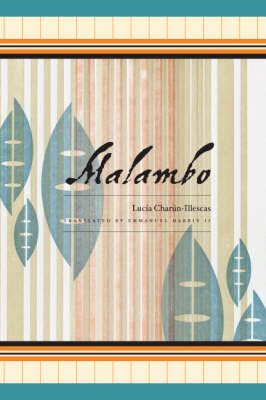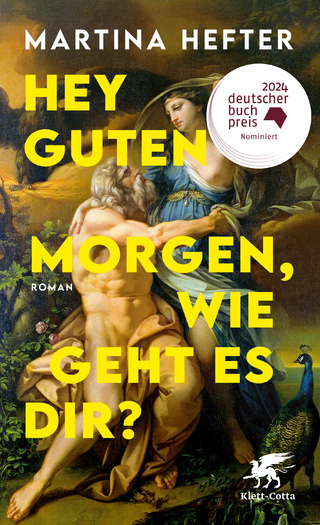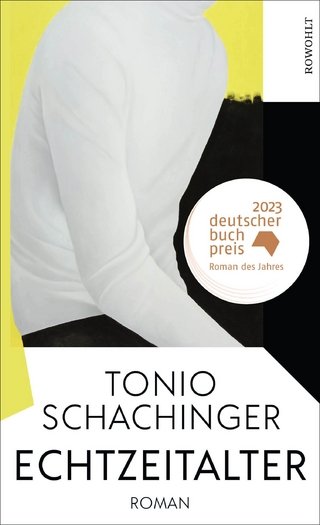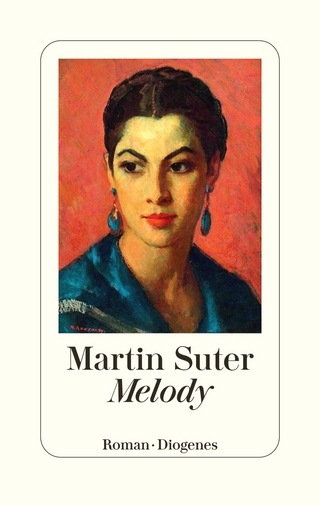
Malambo
Seiten
2004
Swan Isle Press (Verlag)
978-0-9748881-0-1 (ISBN)
Swan Isle Press (Verlag)
978-0-9748881-0-1 (ISBN)
- Titel z.Zt. nicht lieferbar
- Versandkostenfrei innerhalb Deutschlands
- Auch auf Rechnung
- Verfügbarkeit in der Filiale vor Ort prüfen
- Artikel merken
Explores the origins of the Afro-Hispanic experience and offers a profound meditation on the forces of history.
"In Malambo...the Rimac proudly rubs elbows with the freedmen, the cimarrons, and smuggled slaves...It runs united to the other subterranean springs underneath Blanket Street, Weavers Lane, and under Jewish Street...and Swordmaker's Lanes." The Rimac shapes the narrative of this compelling historical novel that probes the brutal clash of ethnicity, religion, and class in sixteenth- and seventeenth-century Peru. Set against the backdrop of Spanish colonialism and the Spanish Inquisition in the "New World," Malambo peels back the layers of Peru's society to focus on the subtle connections among indigenous peoples - Africans, Jews, Christians, and others - whose cultural fusion pervades Latin American history and culture. At the heart of the novel is Tomason, an African artist living along the Rimac who paints religious murals for the church and his colonial masters. The intermingling of his Yoruba heritage with his life in a Spanish colony transforms him into a griot figure who unearths the deeper truths of his painful and complex experience by sharing it.
Other memorable characters' stories intertwine with Tomason's tale, developing a narrative that powerfully reflects on the themes of dislocation and enslavement. Malambo is an unforgettable work that explores the origins of the Afro-Hispanic experience and offers a profound meditation on the forces of history.
"In Malambo...the Rimac proudly rubs elbows with the freedmen, the cimarrons, and smuggled slaves...It runs united to the other subterranean springs underneath Blanket Street, Weavers Lane, and under Jewish Street...and Swordmaker's Lanes." The Rimac shapes the narrative of this compelling historical novel that probes the brutal clash of ethnicity, religion, and class in sixteenth- and seventeenth-century Peru. Set against the backdrop of Spanish colonialism and the Spanish Inquisition in the "New World," Malambo peels back the layers of Peru's society to focus on the subtle connections among indigenous peoples - Africans, Jews, Christians, and others - whose cultural fusion pervades Latin American history and culture. At the heart of the novel is Tomason, an African artist living along the Rimac who paints religious murals for the church and his colonial masters. The intermingling of his Yoruba heritage with his life in a Spanish colony transforms him into a griot figure who unearths the deeper truths of his painful and complex experience by sharing it.
Other memorable characters' stories intertwine with Tomason's tale, developing a narrative that powerfully reflects on the themes of dislocation and enslavement. Malambo is an unforgettable work that explores the origins of the Afro-Hispanic experience and offers a profound meditation on the forces of history.
Lucia Charun-Illescas, a writer and journalist, is the author of Latinoamerica en Hamburgo and winner of the Lyra Prize for Short Stories. Malambo is her first novel. Emmanuel Harris II is professor of Spanish at DePauw University.
| Erscheint lt. Verlag | 7.3.2008 |
|---|---|
| Übersetzer | Emmanuel Harris II |
| Verlagsort | Chicago |
| Sprache | englisch |
| Maße | 16 x 24 mm |
| Gewicht | 482 g |
| Themenwelt | Literatur ► Romane / Erzählungen |
| ISBN-10 | 0-9748881-0-9 / 0974888109 |
| ISBN-13 | 978-0-9748881-0-1 / 9780974888101 |
| Zustand | Neuware |
| Haben Sie eine Frage zum Produkt? |
Mehr entdecken
aus dem Bereich
aus dem Bereich


